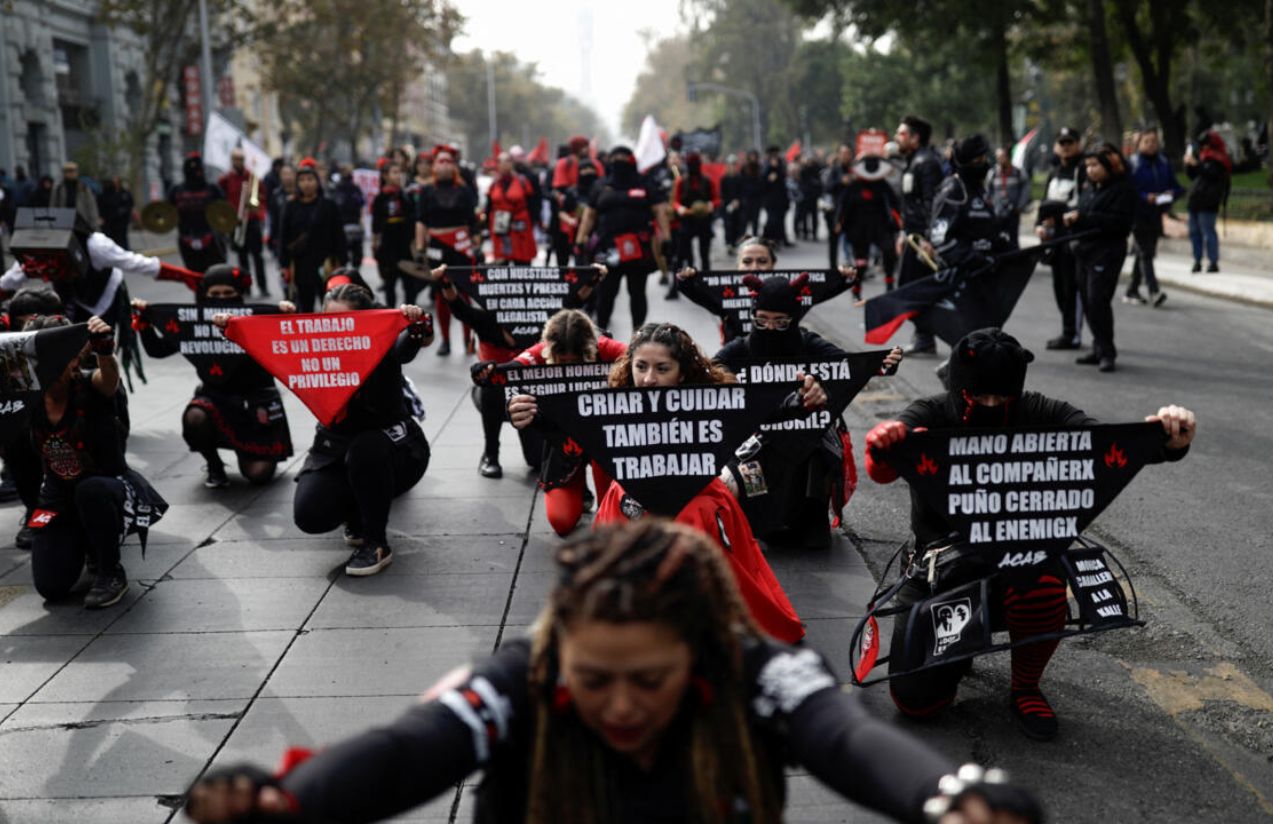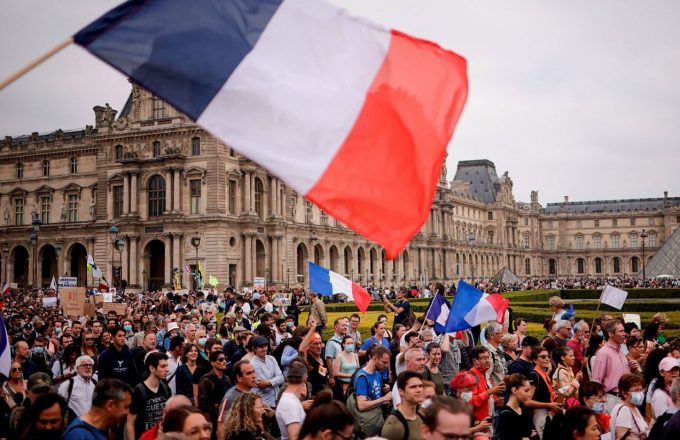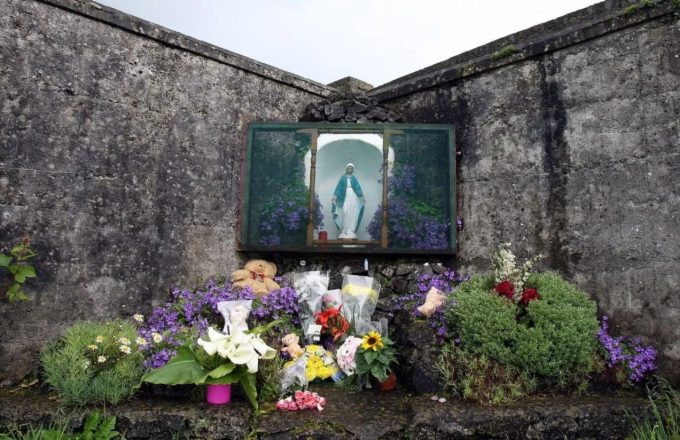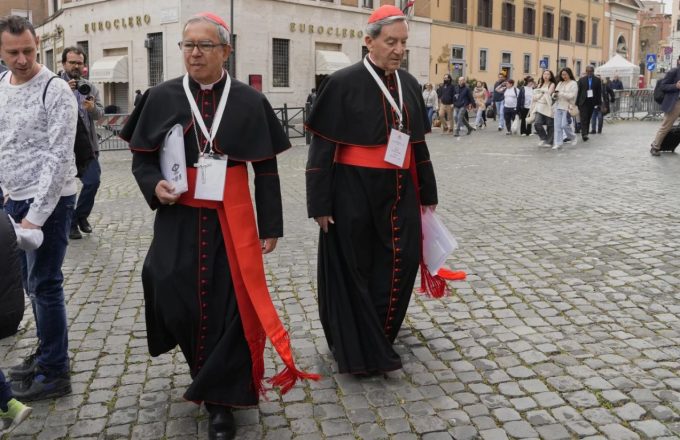For many countries in the Northern Hemisphere, May 1st conjures images of flowers, colorful ribbons, and the promise of warmer days. Yet beyond its festive appearance, this date is a powerful symbol of struggle and labor rights: millions around the world mark it with marches, protests, and union-led demonstrations. The modern roots of International Workers’ Day are tied to a bloody event in Chicago that forever changed the history of the labor movement.
While May Day has even older origins—as a pagan celebration welcoming summer in Celtic cultures, known as Beltaine or Beltane—its transformation into a day of workers’ struggle came in the late 19th century. At that time, laborers across the globe were demanding better working conditions, including an eight-hour workday and the right to unionize.
The turning point came with the Haymarket affair in Chicago in 1886. During a peaceful rally in the square of the same name, a bomb exploded in the crowd. Police responded with violence, killing at least four people. The incident had a deep impact on labor movements worldwide. Three years later, the Second International—a global socialist organization—officially declared May 1st as International Workers’ Day, honoring the so-called “Haymarket martyrs.”
Curiously, the United States does not observe this date as a national holiday. Instead, Labor Day is celebrated on the first Monday of September, a federal holiday since 1894. Nonetheless, May Day protests still occur across the country, some of which have turned violent in recent years, such as those seen in Seattle.
In other parts of the world, the day is often marked by large-scale union protests. In 2014, Turkish authorities attempted to ban workers’ demonstrations citing safety concerns. Across Europe, similar events have been met with a heavy police presence.
Despite its militant tone, May Day sometimes overlaps with more festive traditions. In Minneapolis, the May Day parade blends art, satire, and political commentary, with colorful floats and costumes mocking labor and political issues. In Seattle, some protests have included rock concerts—ironically nodding to the day’s more playful roots.
Thus, May 1st remains a date steeped in history, memory, and contradictions. It stands as a meeting point between celebration and the ongoing fight for justice.




















